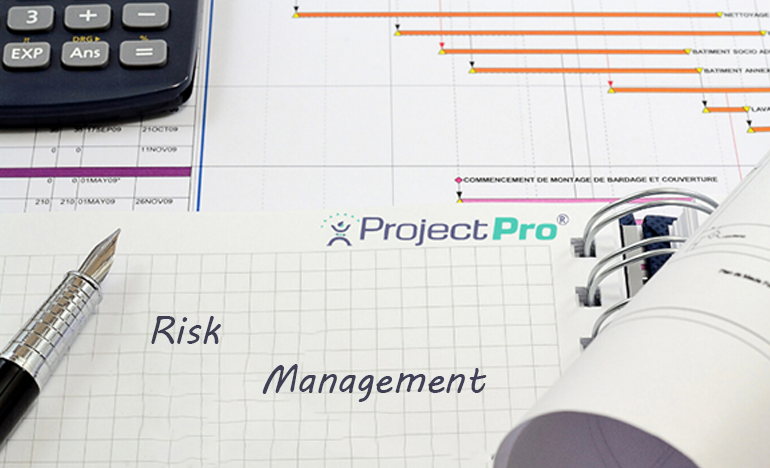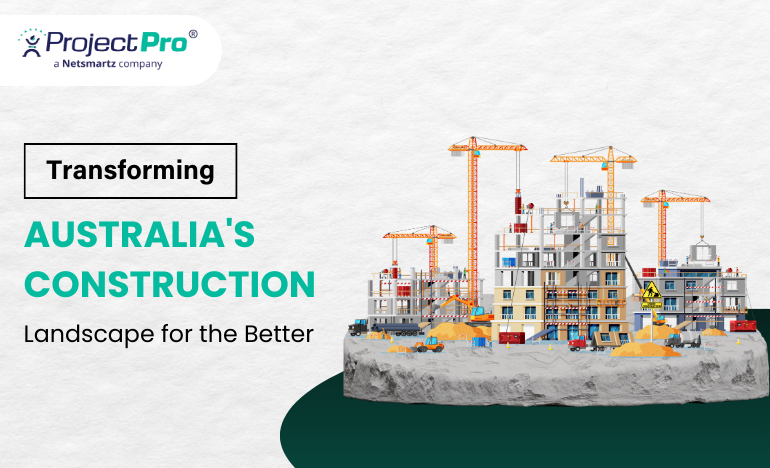Construction & Risk Management

Managing Risks Related to Construction Business: A Guide
Construction is one of the most significant aspects of our day to day lives. Despite that fact, it is one of the most underrated businesses when it comes to visible growth results. Since every construction project has its own requirements, the scope of the project, the challenges, and opportunities all may vary depending on the goals. However, one thing which is consistent with all forms is the construction risk management.
Even though the uses of technology such as construction accounting software have changed the SOP for most construction firms, there are still cases of delays, penalties, and loss of liquidity persistent.
With all these things happening, it becomes necessary to work on risk management through minimal errors during estimations, smarter planning, and effective project management.
Risk Assessments
Most people consider risk as a negative term but it is an important parameter of business planning. The timely assessment of the minor issues or major blocks to the construction projects could assist in driving opportunities that have a competitive business advantage.
Therefore, the primary step that construction firms need to take with project management is to work on effective risk assessment that can help gain essential business growth.
Aside from this, it is necessary to look for the scope of opportunities available with a clear understanding of all internal and external risks. For instance, most of the internal risks are associated with poor project management, lack of precision in the estimates, equipment damage, or supply chain related errors.
While the external issues are mostly associated with external factors like political instability, legal issues, inflation, weather, etc.
The Risk Management Guide
Preparing for the risks is all about spotting unique issues that may cause a delay in your projects. Effective risk management should involve an assessment of the risks and finding the right way to eliminate them. This can be done by ranking the potential risks and measuring their possible impacts. Make sure you never ignore the risk, and rather acknowledge them for their probability and mitigation.
Surprisingly, McKinsey has reported that large construction projects often have to deal with 80 percent budget overrun while the time of project completion is increased by almost 20 percent. This only happens because of the uncertainties caused by the risks and such a situation occurs due to a lack of access to technology and digital solutions like construction scheduling software.
However, there are many internal risks that are considered to be a reason for low productivity and cost issues, such as lack of coordination between teams, insufficient management, and scattered processes. And the solution to all these risks starts with the adoption of technology.
Also, it needs construction firms and agencies to invest more in the adoption of technology in the business such as Dynamics 365 Business Central for the ERP, CRM, and project management needs. All in all, to work on risk management is about moving to contemporary practices over the traditional while achieving the goals related to efficiency.
The Present Position of the Construction Industry on Technology Adoption
Over the past few years, the construction industry has started to align with technology as a part of project management practice. These include working on critical factors such as supply chain management, improving communication, and keeping track of jobs and activities.
Also, the traditional concept of documents and blueprints has proven to be another reason behind the productivity lag. However, the adoption of technology like construction accounting and project management software has proven to be beneficial in streamlining tasks related to project reports, invoices, bills, payments, etc. Since the advanced technology eliminates the time consumed during the updating of old-fashioned timesheets, the chances of errors have decreased, adding to efficiency.
Besides this, the use of advanced technology like accounting software for subcontractor with ERP capabilities is improved track of data, reports, and time consumption. In other words, the use of technology not only helps to improve transparency but adds to the timely risk assessment of the projects.
In case, you are still wondering how the use of integrated cloud solutions, such as ProjectPro, could help increase efficiency, and consider these reasons:
- Adopting an ERP and CRM practice is about driving ROI with improved efficiency and business performance.
- Improving coordination amongst project owners, project managers, staff, and site workers.
- Using technology along with a change in business process will reduce the manual work and keep more accurate records of project-related data through the cloud. All in all, the availability of tools and custom integrations on the cloud makes it more convenient to work on planned goals while driving greater efficiency.
- Technology in construction business also marks the strategic business planning as it helps to overcome any inefficiency that may lead to delay of deliverables.
Construction is a risk business and missing any minor details to the project development plan could lead to immediate cost overruns with extended deliveries. However, the timely adoption of technology could help to streamline construction management goals for improved business pipeline.
Good Luck!
Plan your free consultation call with our experts at ProjectPro and learn through demo how it can help you meet your risk management objectives or Schedule your demo to ProjectPro for a more detailed experience.




.jpg)


